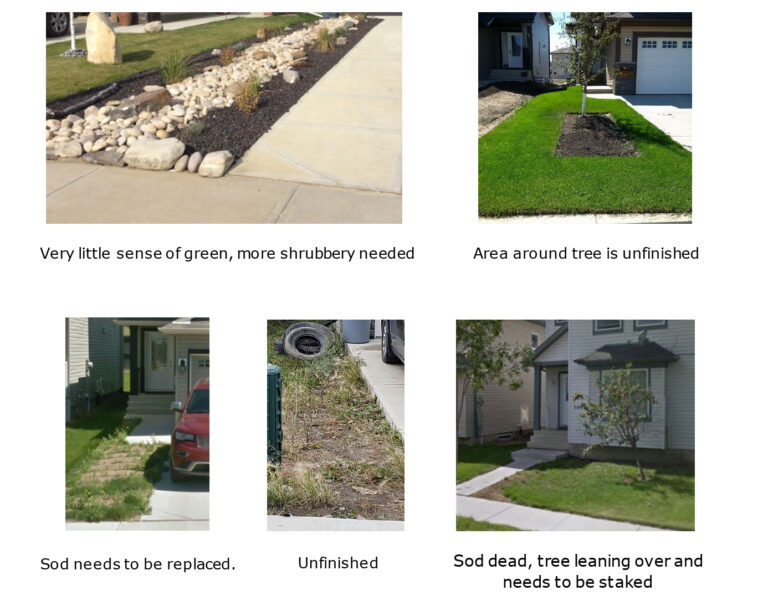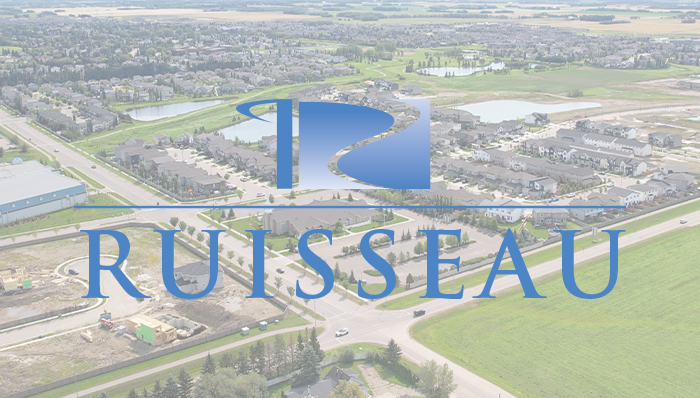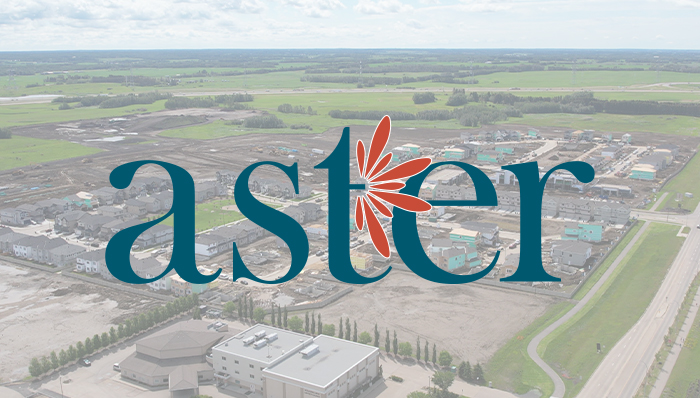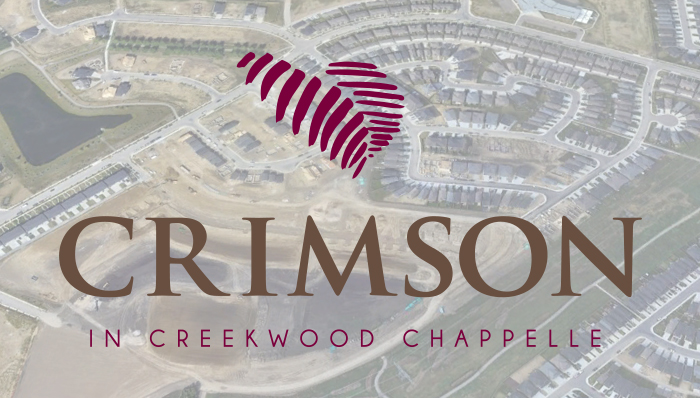Landscaping Frequently Asked Questions
For answers about trees, shrubs, sod and other landscaping elements, please click on the common questions below.
Where do I find the landscaping guidelines?
Landscaping Guidelines can be provided by your Home Builder or viewed as a PDF in the “Discover More” section of your community’s website.
How much time do I have to finish my landscaping?
Front yard landscaping must be completed within one year of the date of the Rough Grade approval. However, we understand delays can be caused by weather and seasonal issues. If you are having difficulty completing your landscaping within the time frame, contact your Home Builder to request an extension.
What time of year do landscaping inspections occur?
Inspections are weather dependent and will commence once plant material has come out of dormancy. Inspections will cease once the majority of the plant material has gone into dormancy (i.e. leaves no longer on trees and shrubs).
If I have questions about the inspections, who do I contact?
Your Home Builder is your contact for all questions regarding landscaping deposits, inspections results, and refunds.
What is a Deciduous tree?
Deciduous refers to any tree that drops its leaves in the fall and produces new leaves in the spring.
How is a Deciduous tree measured?
Deciduous trees are measured by width with a special tool called a caliper. The trunk’s width is measured exactly 6” from the ground. In order to get an accurate measurement, we ask that you remove any wrapping from around the trunk and pull back any finishing material at the trunk’s base.
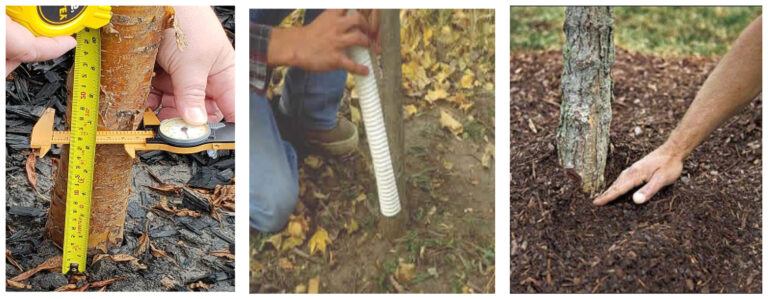
What is a Coniferous tree?
Coniferous trees have needles instead of leaves and are commonly known as evergreens. A coniferous tree is any tree that reproduces via cones (i.e. Fir, Larch, Pine or Spruce).
How is a Coniferous tree measured?
Coniferous trees are measured by height.
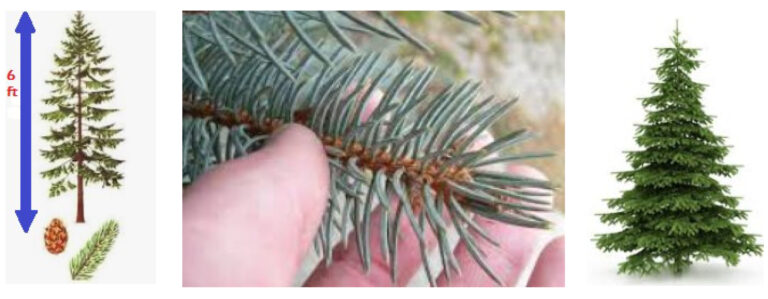
Is a Juniper or Cedar considered a tree?
We do not consider Cedars or Junipers to be trees. You may plant them in your yard, but they will be counted as shrubs, not trees.
How are shrubs measured?
Shrubs are measured by height or spread. See your community’s Landscaping Guidelines for minimum size requirements.
What types of plants can be used in place of shrubs?
Decorative grasses, rose bushes, and perennials can be used toward the shrub count. If you choose to plant perennials, two perennial plants would count as one shrub (i.e. 1 Lily plant and 1 Peony plant = 1 shrub). Height or spread sizes would be the same as shrub requirements.
What is Xeriscaping?
Xeriscaping is the process of landscaping or gardening that reduces or eliminates the need for supplemental water from irrigation. Xeriscaping is an alternative to various types of traditional gardening. Information on Xeriscaping options can be found in your community’s Landscaping Guidelines.
What is considered my front yard?
Orange areas denote what is considered the front yard. Red areas can be finished with stone, mulch, etc. (Gravel and/or road crush will not be approved.)
If you have a separate sidewalk, the area between the sidewalk and the road will be landscaped by the Developer. Maintenance of this area is the responsibility of the homeowner.
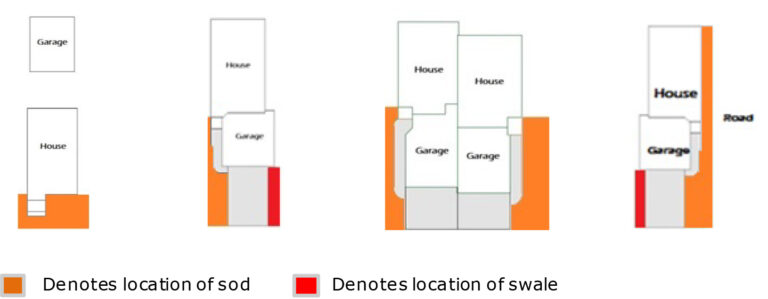
What about the narrow strip of land between me and my neighbor?
This area is called the swale. It is graded to move water toward the street and away from your foundation. Finishing landscape material such as sod, stone, and mulch can be used in the swale. Gravel and road crush will not be approved.
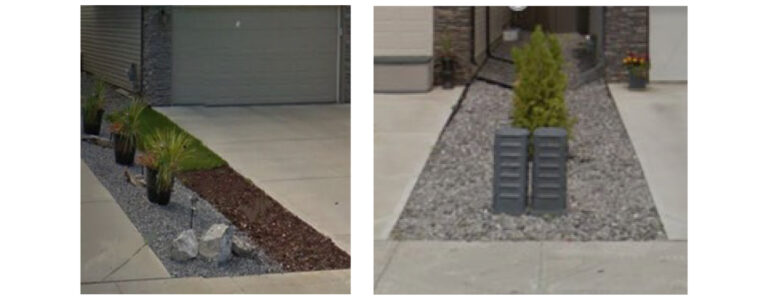
There is a boulevard in front of my house between the sidewalk and the curb. Who is responsible for maintaining that area?
The boulevard is owned by the Municipality and the homeowner is responsible for its maintenance. Questions regarding boulevard trees should be directed to the Municipality.
There is already a tree in my front yard. Does it count toward my landscaping requirements?
These tree(s) were planted by the Developer. Whether they are on the front lawn, or the boulevard in front of your house, they will not be counted toward your landscaping requirement.

What if there isn’t enough room in my front yard to plant a tree?
Although it may appear there is no room for a tree, this is rarely the case. Usually, trees may be hand dug within 1 metre of the utility lines. The location and planting of the trees is the responsibility of the homeowner in consultation with the appropriate governing utility authorities and the landscaper. It is not the responsibility of the Home Builder or Developer. Your recommended next steps are:
- Contact “Alberta One Call” to have the utility locations identified. A report will be provided to you noting their locations.
- Review the locations and options available to you with your landscaper.
- Explore the species of trees suited to the challenges of your lot.
What are the landscaping requirements for pie shaped lots?
Pie shaped lots are not required to have sod or a tree, but do require shrubs. See your community’s Landscaping Guidelines for specific details about this type of lot.
Can I use grass seed in my front yard?
Unfortunately, no. Grass seed in any application is not permitted. Sod must be installed prior to inspection in order to receive final approval for your landscaping.
Can I use artificial turf instead of sod in the front yard?
Artificial (synthetic) turf may be used. It is the homeowner’s responsibility to ensure the contractor prepares the base and rough grade properly. Artificial turf must have a distinct border (rock, concrete, or edging) when bordering natural sod, or a different type, colour, or style of synthetic grass.

What if my landscaping dies or becomes unhealthy before the inspection takes place?
Only healthy plant material will pass inspection. Dead or dying trees and shrubs will not pass. Sod that is patchy or dying will not pass.

What if I fail my landscaping inspection?
If your first inspection fails, we will do a second inspection at no cost. A $150 fee will be deducted from the landscaping deposit for each additional inspection.
My yard looks better than the average yard in my neighbourhood, so why did I fail the inspection?
Requirements in the Landscaping Guidelines are established to ensure a minimum standard of planting throughout the development. Although your landscaping may look better than neighbouring properties, the minimum tree and shrub requirements must be met.
My neighbour’s tree doesn’t meet the minimum requirements and they received their deposit back. Why is this?
We endeavour to apply the requirements consistently and objectively. We make an effort to consider all elements in relation to the minimum standards set out in the Landscaping Guidelines. Inspections conducted on properties other than your own will not be discussed.
If I never meet the minimum landscaping requirements, what will happen?
Failure to meet the minimum requirements will result in your deposit being forfeited.
I want to build a fence. What are the requirements?
Fencing is encouraged to be of a similar design and colour to the fencing style already established in the community by the Developer. In some cases, chain link fencing may be specified by the Municipality. Fencing does not have to be completed prior to your landscaping inspection. Please refer to your community’s Landscaping Requirements document for fence and gate guidelines.
If I have any questions about the inspections, who do I contact?
Your Builder is your contact for all questions regarding landscaping deposits, inspections results, and refunds.
Examples of landscape fails
